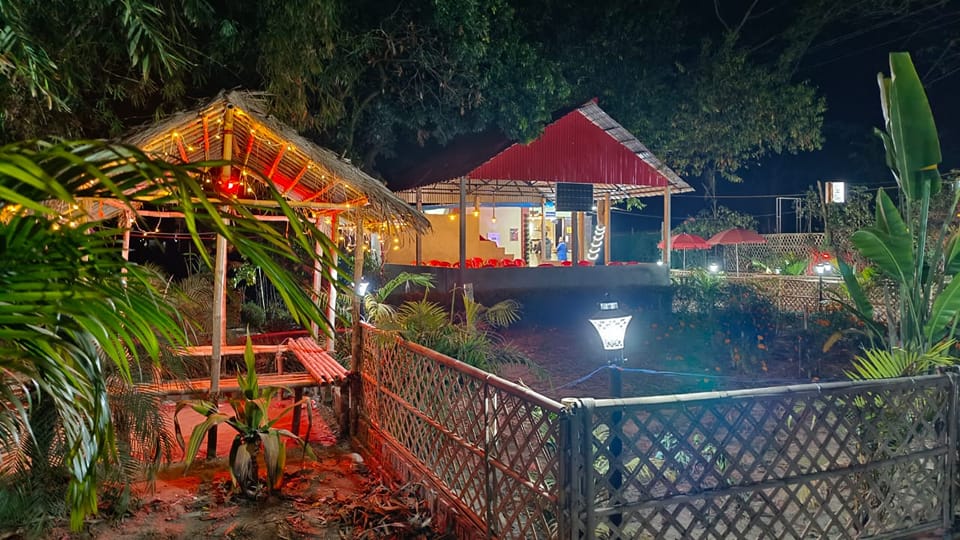Tripura
WELCOME TO Tripura
State Overview
Agartala
10,491 km2
4,169,790
Bengali and Kokborok

Popular
Geography and Tourist Attractions
Information about the state's tourist attractions, including popular destinations, events, and activities.

Neermahal

Ujjayanta Palace

Unakoti
Political
Economy and Government
The economy of Tripura, a state in northeastern India, is primarily agrarian, with a focus on agriculture and allied sectors. The state is known for its production of crops like rice, jute, tea, rubber, and pineapple. In recent years, efforts have been made to promote agro-based industries, horticulture, and food processing. The government has also encouraged investments in sectors like handloom, handicrafts, bamboo, and tourism to boost economic growth.
The government of Tripura follows a parliamentary system, similar to the national government of India. The state has a Chief Minister as the head of government and a Governor as the constitutional head. The legislative branch consists of a unicameral legislature known as the Tripura Legislative Assembly. The state is represented in the Indian Parliament by two members in the Rajya Sabha (Upper House) and two members in the Lok Sabha (Lower House).
The government has been working towards improving infrastructure, education, healthcare, and connectivity in the state. Initiatives like the Atal Mission for Rejuvenation and Urban Transformation (AMRUT), Pradhan Mantri Awas Yojana (PMAY), and the Tripura Industrial Investment Promotion Incentive Scheme have been implemented to attract investments, generate employment, and promote overall development. The government is also focused on preserving and promoting the rich cultural heritage of Tripura.

History
History and Culture
The history and culture of Tripura, a state in northeastern India, are deeply rooted in ancient traditions and legends. The region was ruled by several dynasties, including the Manikya dynasty, which had a significant impact on its cultural heritage. The state is known for its folk dances like Hojagiri, Garia, and Lebang Boomani, which showcase the vibrant cultural fabric.
Tripura has a rich history of arts and crafts, with handloom weaving, bamboo crafts, and wood carving being prominent. The state's unique musical instruments, such as the 'Chongpreng,' 'Sumui,' and 'Wakching,' add to its cultural richness.
The influence of various communities, including Bengalis, Tripuris, and Manipuris, has shaped the diverse cultural landscape. The traditional attire of Tripura, called 'Risa,' is adorned during festivals and special occasions.
The state celebrates various festivals, including Durga Puja, Karchi Puja, and Diwali, with great enthusiasm. The Tripuri New Year, known as 'Ker,' is a major celebration where people participate in community feasts and cultural performances.
Historical sites like Unakoti with its rock-cut sculptures and Ujjayanta Palace, which serves as a museum, provide insights into the rich history of the region. Tripura's history and culture are cherished and celebrated, contributing to its unique identity within the cultural tapestry of India.
HOTELS

Ginger Hotel, Agartala

Hotel Sonar Tori

The Rajarshi Hotel
RESTAURANTS

Bamboo Hut Restaurant

Zizira Bistro

